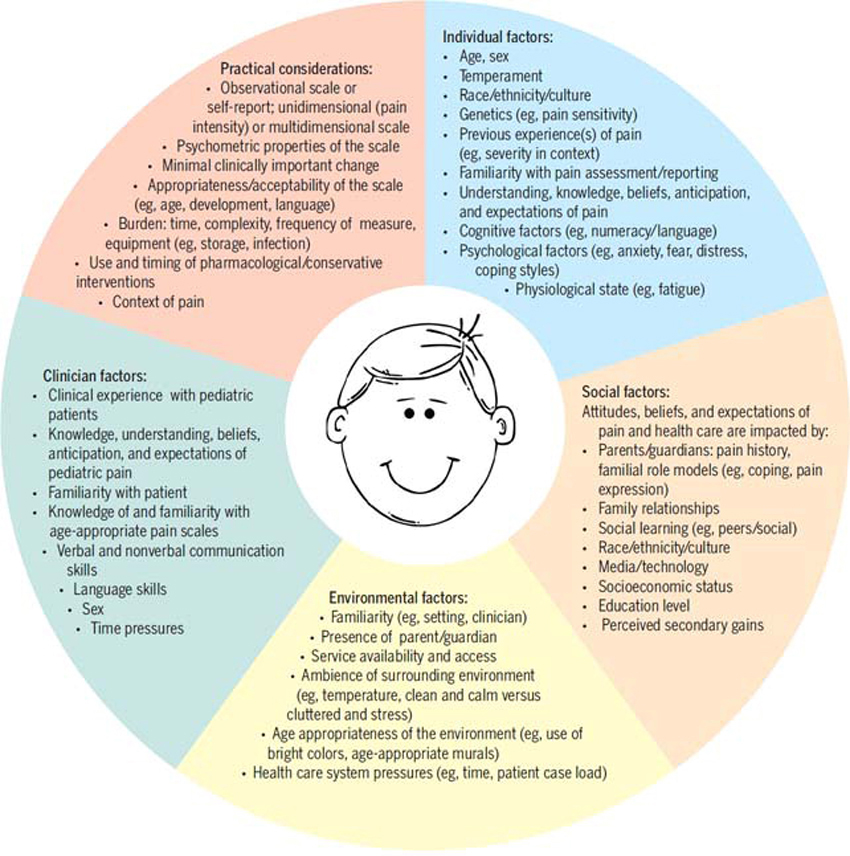Resolution of Conductive Hearing Loss Due to Otitis Media after Chiropractic Treatment
SOURCE: J Clinical Chiropractic Pediatrics 2011 (Dec); 12 (2)
Peri Dwyer, DC, DICCP and James Boysen, DC
Private practice,
Tallahassee, Florida, USA
Objective: To describe the chiropractic management of a patient with otitis media and conductive hearing loss.
Clinical Features: Parents of a 6-year-old male sought chiropractic care for the child’s measured conductive hearing loss on puretone audiometry, fluid in both ears and repeated bouts of otitis media. Prior treatment included several rounds of antibiotics starting at 14 months and myringotomy at age 3.
Intervention And Outcome: Treatment consisted of cervical, thoracic and pelvic manual manipulative therapy along with cranial manipulation. After 6 chiropractic adjustments, the child was asymptomatic, and remained free of otitis media symptoms on long-term follow-up. Nineteen months after commencement of treatment, a repeat audiogram was performed, showing normal hearing in both ears.
There are more articles like this @ our:
Conclusion: A 6-year-old male with recurring otitis media and conductive hearing loss was successfully managed using chiropractic adjustments. This may suggest a role for chiropractic care the management of otitis media with conductive hearing loss. Further research is necessary to examine this in more detail.
Key Words: Otitis media, audiology, chiropractic, therapy, child, manipulation
From the Full-Text Article:
Introduction
Ten million office visits in the United States are associated with otitis media (OM). [1] The economic burden in the US is estimated at $108 to $1,300 per episode. [2] Total cost of otitis-associated disease in the US is $3.8 billion annually: $1.8 billion in medical costs; and $2.0 billion in parental time costs. [3] Mean time-off hours lost of caregivers in 7 European countries ranged from 17.3 to 35.1 while mean productivity lost ranged from 6.7 to 22.7 hours. [4]
According to O’Reilly, risk factors include: young age, functional immaturity of the Eustachian tube, group child care, season of the year, lack of breastfeeding, the presence of adenoid tissue, environmental smoke exposure, pacifier use, allergy, sibling order, craniofacial abnormalities, genetic predisposition, and ethnicity. [5] Exposure to dioxin-like compounds and air pollution, as well as preterm birth, socioeconomic status and overweight status are also associated with OM. [2, 6-9] OM in its broadest sense is simply inflammation of the middle ear. In common usage, the word is used as synonymous with “ear infection,” even by many physicians, but the condition which most chiropractors confront in pediatric patients, persistent middle ear effusion (MEE) involves no culturable pathogenic bacteria in 75% of patients. [10]
Read the rest of this Full Text article now!





Leave A Comment